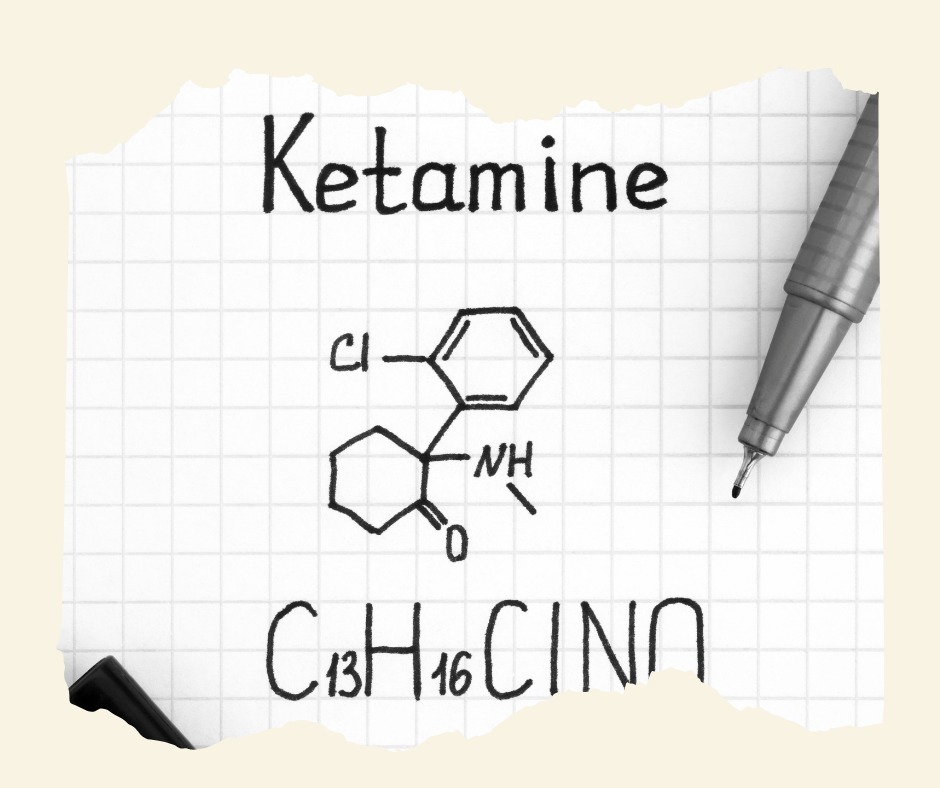
Ketamine Therapy
What Is Ketamine Therapy and How It Works?
Ketamine therapy is gaining attention as an innovative treatment for severe depression, obsessive-compulsive disorder (OCD), and other mood disorders. Originally developed as an anesthetic, Ketamine is now recognized for its potential to offer rapid relief for individuals who haven’t found success with traditional treatments. This page explores what Ketamine therapy is, how it works, and the importance of using it under professional supervision to ensure safety and effectiveness.
Understanding Ketamine Therapy
Ketamine, once used primarily as an anesthetic, is now being studied for its potential benefits in treating mental health conditions like depression and OCD. Unlike conventional antidepressants, which can take weeks to show effects, Ketamine therapy may provide quicker relief. This rapid onset of action is particularly beneficial for individuals with severe symptoms or those who have struggled for years without significant improvement.
In Ketamine therapy, the medication is administered through methods such as intravenous (IV) infusion, nasal spray, or intramuscular injection. This is done in a clinical setting where healthcare professionals can closely monitor the treatment. The goal is to “reset” the brain’s mood-regulating systems, offering faster symptom relief and improving overall well-being.
How Does Ketamine Therapy Work?
Ketamine therapy operates differently from standard antidepressants. Instead of merely adjusting neurotransmitter levels, Ketamine affects the brain’s glutamate system, which is crucial for mood regulation and brain function. By enhancing connectivity between different brain regions, Ketamine may help alleviate symptoms of depression and OCD more rapidly.
During a Ketamine therapy session, patients are in a controlled environment, ensuring their safety and allowing for precise monitoring. The effects of Ketamine can be felt within hours, making it a valuable option for those needing immediate relief. For many individuals who have faced years of treatment challenges, the quick improvement offered by Ketamine therapy can be a life-changing breakthrough.
Controversy and Safety
For Ketamine therapy to be safe and effective, it must be administered by a qualified mental health professional. The treatment should always take place in a controlled clinical environment to ensure the best possible outcomes and to minimize risks. Using Ketamine outside of these professional settings can be dangerous and undermine its effectiveness.
Conclusion
Ketamine therapy is a groundbreaking advancement in treating depression, OCD, and other mood disorders. It offers a valuable option for those who have not achieved success with traditional treatments, providing potential for rapid relief and improved mental health. It’s crucial to undergo Ketamine therapy under the guidance of a specialized healthcare provider to ensure the treatment is both safe and effective. This careful approach offers a renewed sense of hope and the possibility of significant improvement for individuals who have long struggled with their conditions.
